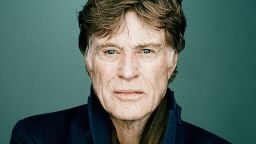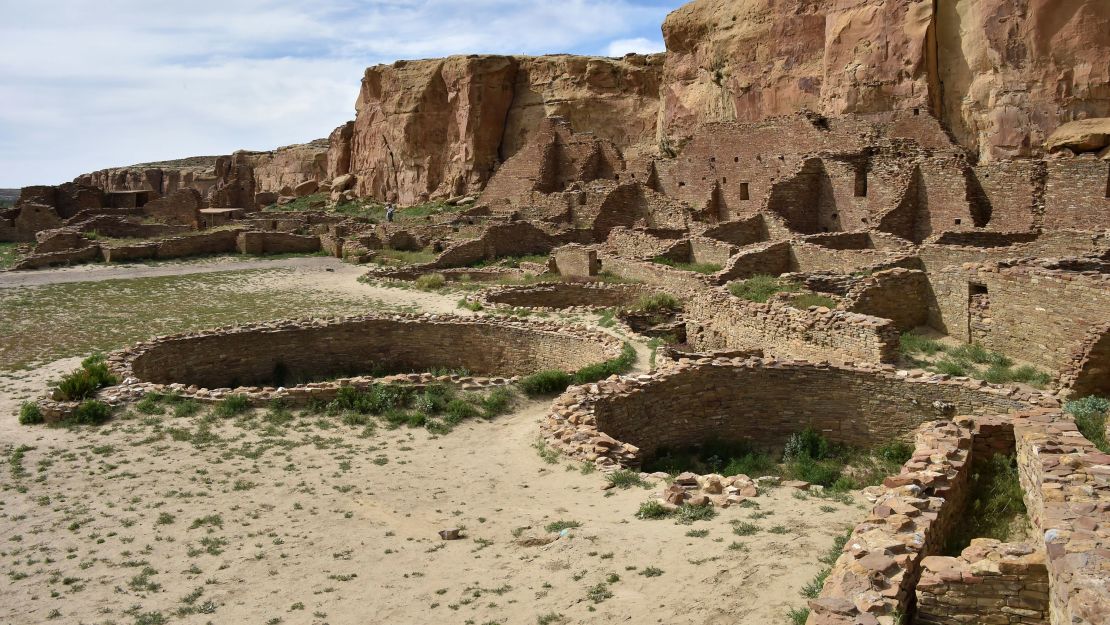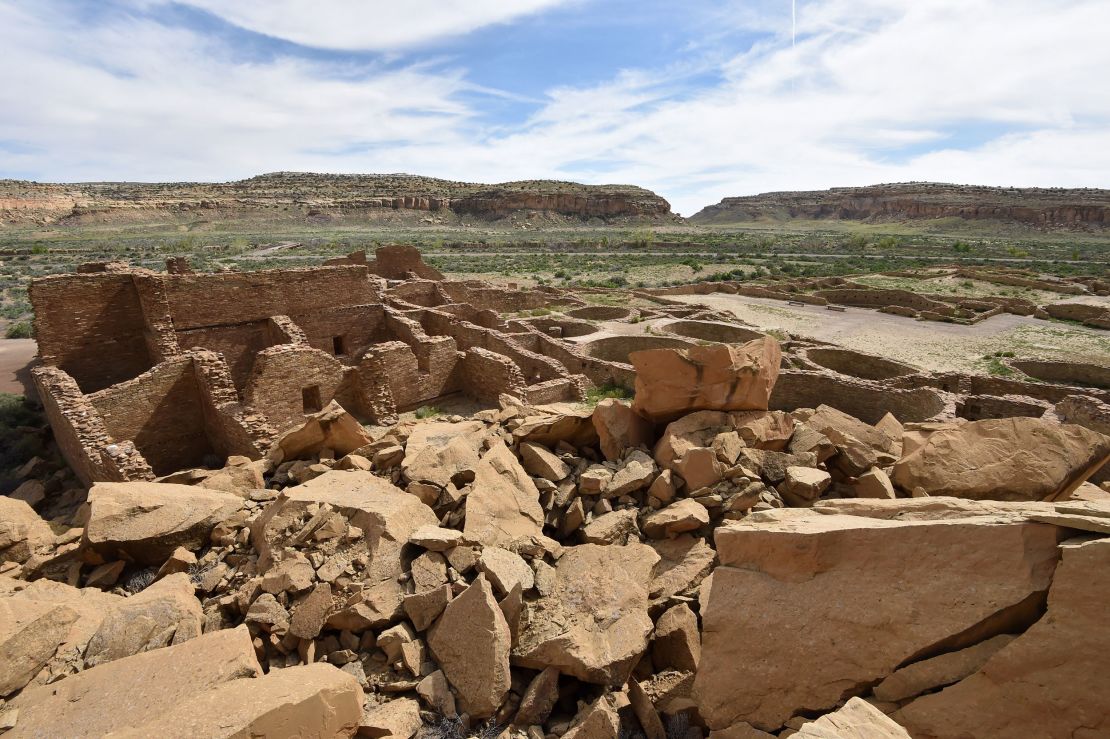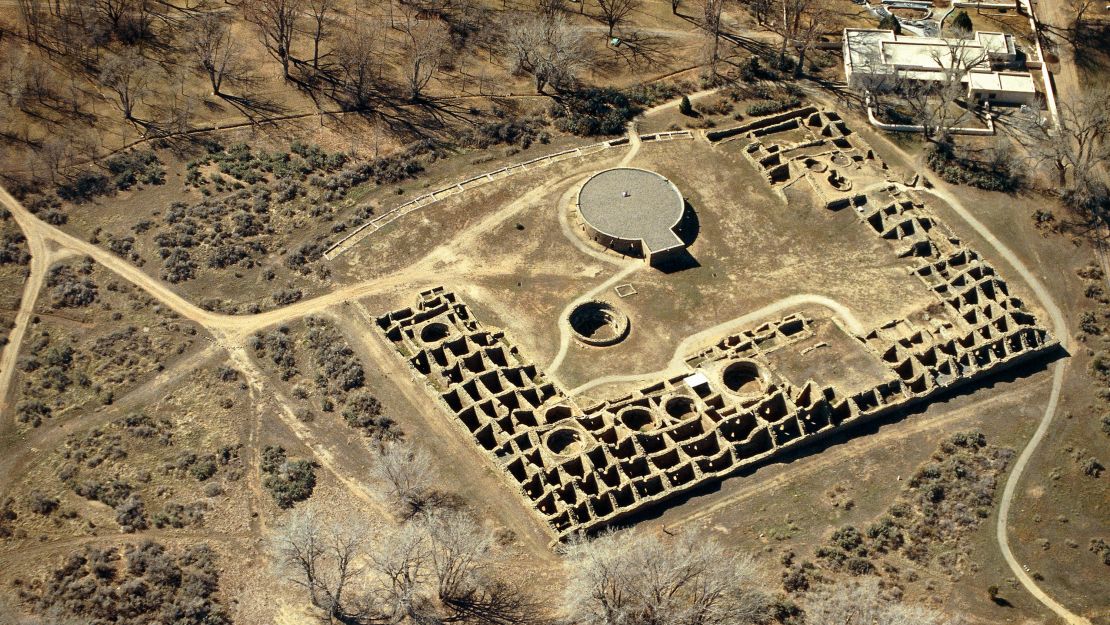Editor’s Note: Robert Redford is a director, actor, producer and environmental activist. He co-founded The Redford Center with his late son James Redford in 2005 – a nonprofit organization that uses the power of storytelling to galvanize environmental justice and regeneration. The opinions expressed in this commentary are those of the author. View more opinion articles on CNN.
I was 11 years old when I left Los Angeles for the first time. My mother, wanting to celebrate my recovery from a mild case of polio, drove us to Yosemite National Park.
It’s been more than seven decades, but I still remember our car emerging from the nearly mile-long Wawona Tunnel and seeing the famous landscape of Yosemite from Inspiration Point. I knew immediately that I was somewhere special.

Since then, I’ve been fortunate to travel to national parks across the country. I’ve even created films about many of them. In doing so, I’ve come to learn that our national parks not only protect our country’s most spectacular natural wonders but also its stories and its history.
Once I had a family of my own, I drove my children around the US to experience these places themselves. One of our favorite spots was Chaco, a remote canyon in the American Southwest.
Within Chaco, we could explore the remains of what was once the center of a bustling and sophisticated Puebloan civilization that existed hundreds of years before Europeans first set foot on this continent. We were drawn to the history of the area, where we’d learn how Chaco’s famous ancient structures spread across the remote desert landscape, a place to which many tribal nations and communities maintain active connections today.

We explored the remains of structures built at least a millennium earlier, designs that would have stood taller and larger than anything built for hundreds of years afterward. Moving across the sun-weathered terrain, we would take in a place so remarkable it was made a World Heritage site by UNESCO.
Being up close to this ancient history can make you feel small. And you feel your connection to the land while treading the same paths that others walked more than a thousand years ago to reach what was, to them, the center of their world.
Today, we look back in awe at their monumental achievements. Sometimes, I wonder what they would think if they could look forward in time and see how we’ve treated the natural world.
Chaco Culture National Historical Park protects around 33,000 acres in the area, but the magic of Chaco is spread out beyond that. The National Parks Conservation Association estimates that as many as 5,000 sacred Chacoan cultural and historical sites lay outside of the protective shield of the park.

Unfortunately, these sacred and unprotected landscapes around Chaco have long been targeted for oil and gas drilling that desecrates what was once the center of an ancient civilization, and a part of the history of our continent and our species.
I have feared for Chaco many times over the last few decades as proposals to drill for oil on the landscape were continuously granted. Temporary reprieves won by tribes and conservation groups averted some proposals. But despite those efforts, sacred lands and important archeological places still became drilling sites, bringing with them access roads and heavy-goods vehicles that cut through even more of the landscape.
This is why this month’s announcement that the Biden administration is finally taking an important step toward protecting one of the world’s most culturally influential landscapes is so significant. The proposal for a 20-year ban of new oil and gas drilling on federal lands within a 10-mile radius around Chaco Culture National Historical Park is necessary.
This landscape – and others like it – tells a story about the history of our country and humankind itself. Ancient people would travel for hundreds of miles to reach this cultural center, which has left behind archeological mysteries that continue to perplex us more than a thousand years later. These places remain sacred to the Pueblo and Navajo communities, and they should be incredibly important to all of us.

There are many places with such rich histories around our nation. And while I am thankful that Chaco Canyon will now get the protection it deserves, we must do better in protecting the sacred lands of those who were here long before us.
The Badger-Two Medicine area south of Glacier National Park has been the spiritual home and cultural center for the Blackfeet Nation for thousands of years, but tribal members and many others are still fighting to permanently heal and protect the lands that were targeted more than 30 years ago for oil drilling.
Avi Kwa Ame in the Nevada desert is a sacred landscape for 10 Yuman-speaking tribes, as well as the Hopi and Chemehuevi Paiute. For many in the area, it is where all life was created. It has petroglyphs that date back centuries, and yet it is routinely threatened by reckless proposals for new energy development.
Not even the Grand Canyon – America’s most famous natural attraction – is safe. The Havasupai tribe, who live within the Canyon on their traditional lands, are still bravely fighting an epic battle to permanently protect their land from uranium mining on lands surrounding the park that threatens their only source of water.
The United States is not even 250 years old. Meanwhile, these places collectively hold thousands of years’ worth of history, culture and stories. We must preserve these lands.
Even as an 11-year-old at Yosemite, I knew immediately I was somewhere awe-inspiring, and I still get that feeling to this day every time I visit Chaco Canyon. Some places are too special.
